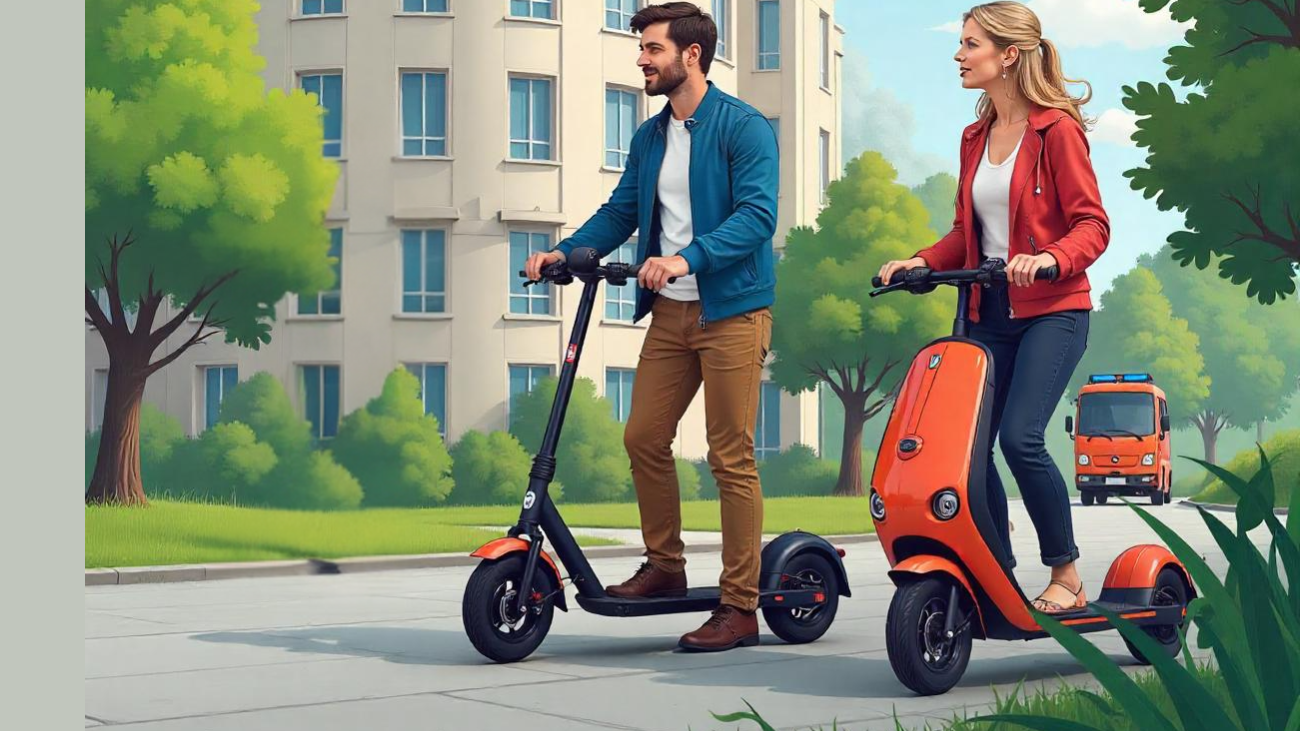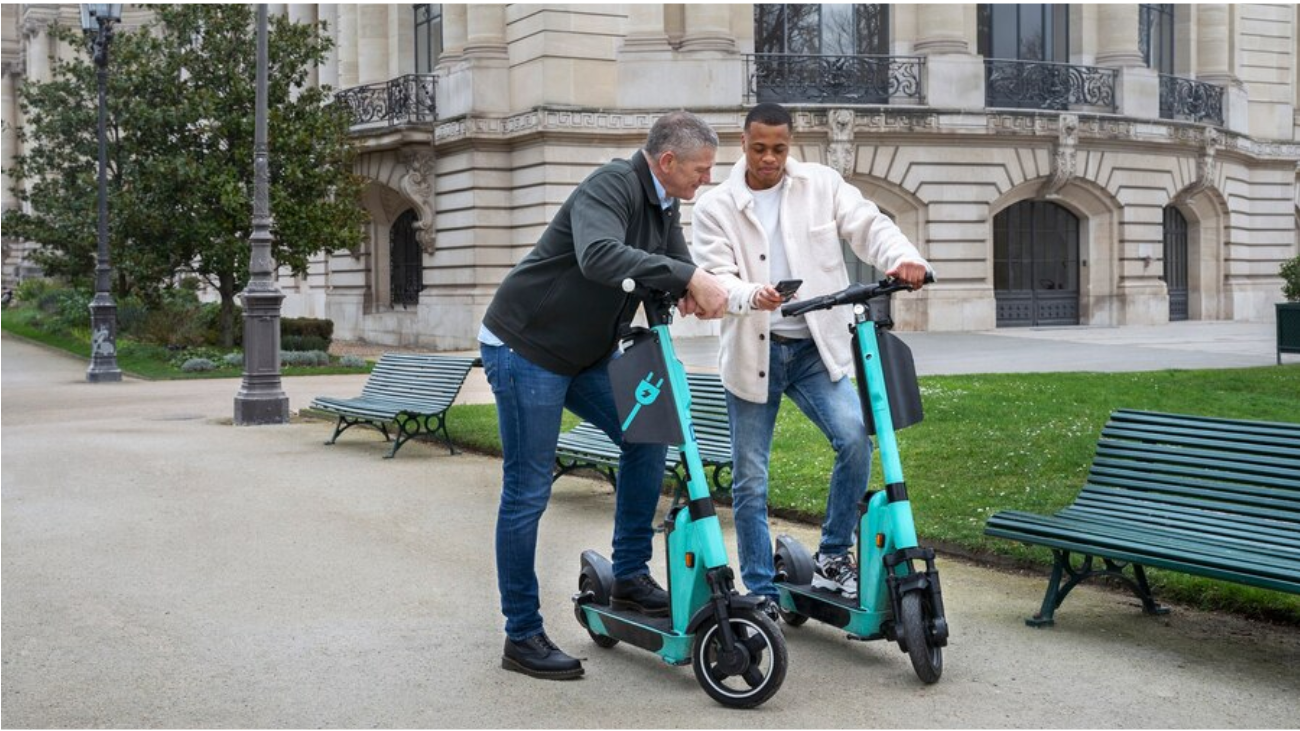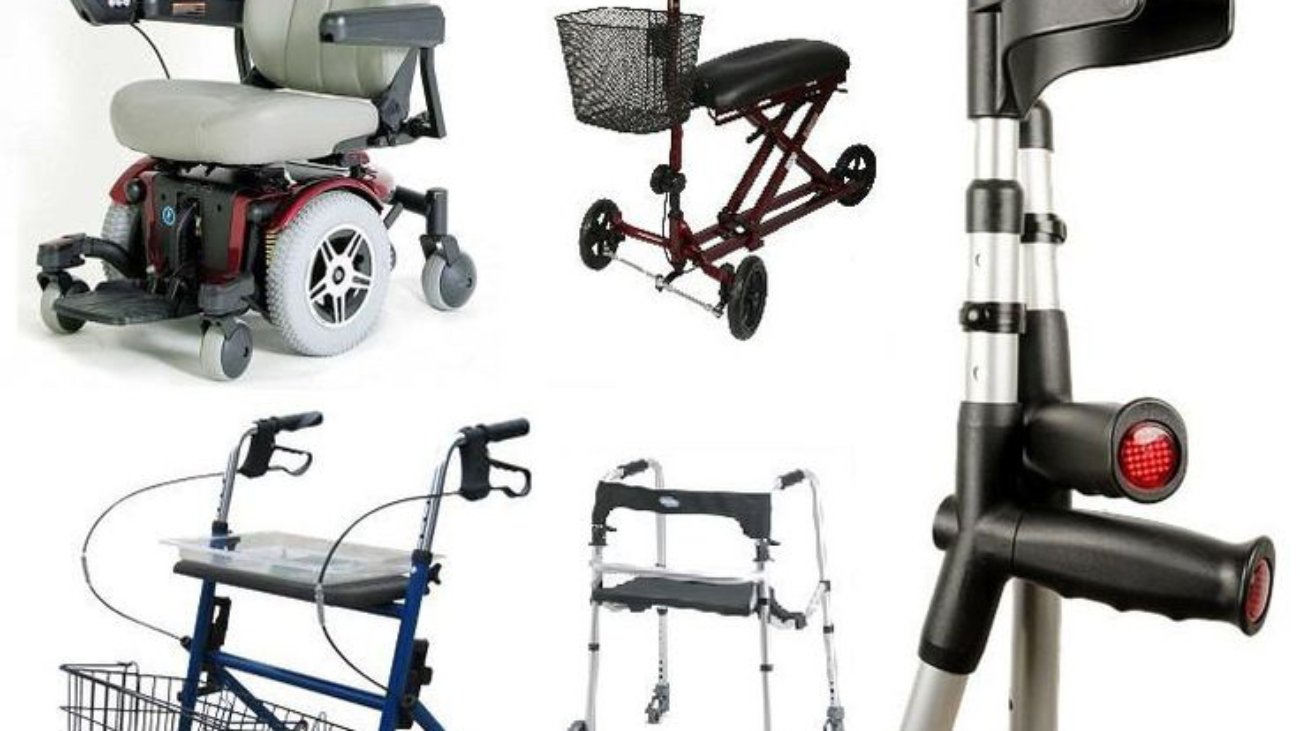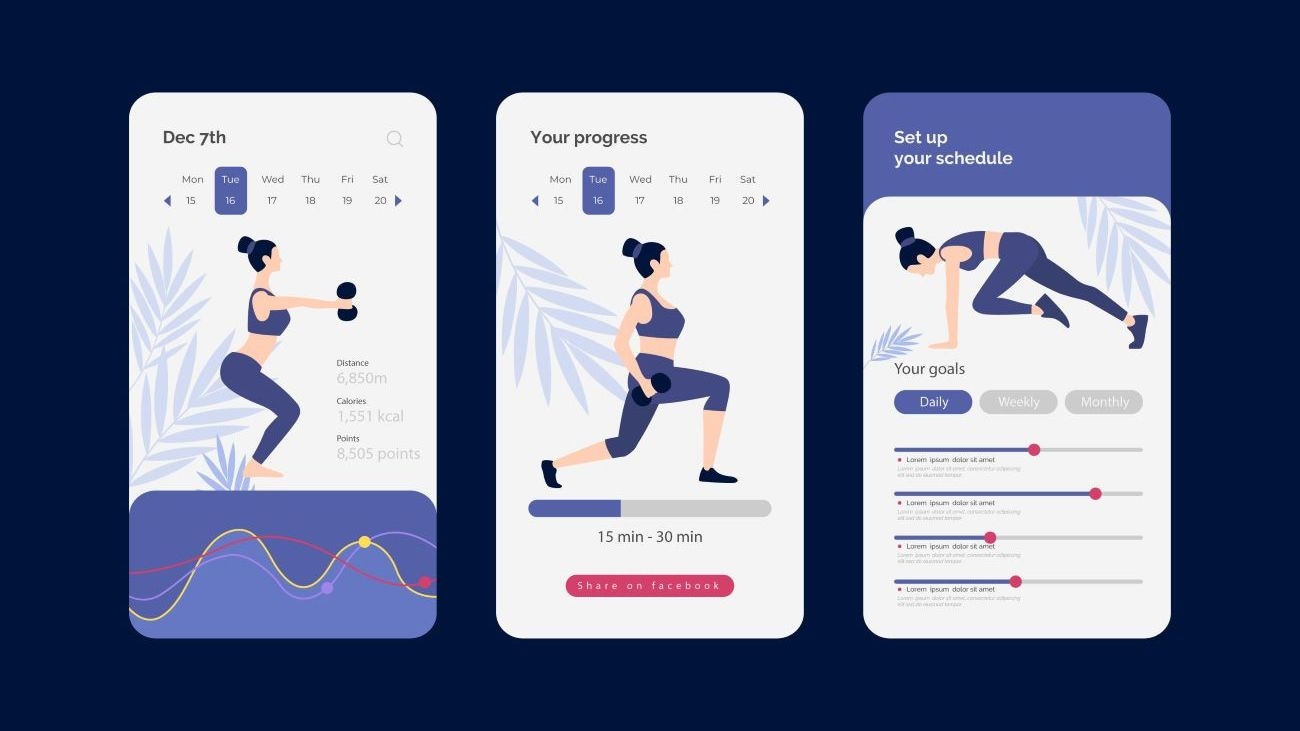For individuals with respiratory conditions, access to supplemental oxygen can significantly improve their quality of life. Oxygen concentrator have become a popular and convenient solution, offering a reliable source of oxygen both at home and while traveling. This blog post explores the benefits, types, and uses of oxygen concentrators, providing valuable information for those considering this essential medical device.
Understanding Oxygen Concentrators:
Oxygen concentrators are medical devices that extract oxygen from the surrounding air, eliminating the need for bulky oxygen tanks. They work by drawing in air, filtering out nitrogen and other gases, and delivering concentrated oxygen to the user. This process allows for a continuous supply of oxygen, making concentrators a practical and cost-effective option for long-term oxygen therapy.
Benefits of Oxygen Concentrators:
Convenience: Oxygen concentrator provide a continuous supply of oxygen without the hassle of refilling tanks.
Portability: Portable oxygen concentrators allow users to maintain an active lifestyle and travel without being tethered to a stationary oxygen source.
Cost-Effectiveness: Over time, oxygen concentrator can be more cost-effective than regularly refilling oxygen tanks.
Safety: Concentrators eliminate the risk of leaks associated with high-pressure oxygen tanks.
Independence: Users can manage their oxygen therapy independently, without relying on deliveries or refills.
Types of Oxygen Concentrators:
Home Oxygen Concentrators: These stationary units are designed for use in the home and provide a high flow of oxygen. They are typically larger and less portable than travel concentrators.
Portable Oxygen Concentrators (POCs): These lightweight and compact devices are designed for travel and mobile use. POCs offer varying oxygen flow rates and can be powered by batteries, AC adapters, or DC car adapters.
Who Can Benefit from Oxygen Concentrators:
Oxygen concentrators are prescribed by doctors for individuals with various respiratory conditions, including:
Chronic Obstructive Pulmonary Disease (COPD): COPD is a progressive lung disease that makes it difficult to breathe.
Pulmonary Fibrosis: This condition causes scarring of the lung tissue, leading to shortness of breath.
Cystic Fibrosis: This genetic disorder affects the lungs and other organs, causing breathing difficulties.
Emphysema: This lung condition damages the air sacs, making it hard to get enough oxygen.
Other Respiratory Illnesses: Individuals with other respiratory conditions that result in low blood oxygen levels may also benefit.
Using Oxygen Concentrators at Home:
Home oxygen concentrators are typically placed in a central location in the home, allowing users to move freely within the range of the tubing. It’s essential to follow the manufacturer’s instructions for setting up and operating the device. Regular maintenance, such as cleaning or replacing filters, is also crucial for optimal performance. Additionally, for those seeking to monitor oxygen levels, a contec pulse oximeter can be a valuable tool. Also, check out 1200 ziggo.
Traveling with a Portable Oxygen Concentrator:
Portable oxygen concentrators have revolutionized travel for individuals requiring supplemental oxygen. When traveling with a POC:
Check with your airline: Airlines have specific regulations regarding the use of POCs on flights. Contact your airline well in advance to understand their requirements and obtain necessary approvals.
Carry necessary documentation: Bring a letter from your doctor stating your need for supplemental oxygen and the prescribed flow rate.
Ensure sufficient battery life: Carry extra batteries or a charger to ensure your POC has enough power for the duration of your trip.
Consider your destination: Research the availability of charging facilities and any potential altitude changes that might affect your oxygen needs.
Mobility Assistance: For those who need additional mobility support during travel, consider an electric mobility scooter or a standard mobility scooter depending on the distance and terrain.
Choosing the Right Oxygen Concentrator:
Selecting the right oxygen concentrator depends on several factors:
Prescribed oxygen flow rate: Your doctor will prescribe the appropriate rate based on your needs.
Portability requirements: A portable oxygen concentrator is essential if you plan to travel frequently.
Battery life: Consider the battery life of portable concentrators and how long you need to be away from a power source.
Budget: Oxygen concentrators vary in price, so it’s important to consider your budget and explore financing options if necessary.
Features: Some concentrators offer additional features, such as alarms, pulse dose settings, or integrated humidifiers.
Pediatric Needs: For children requiring mobility assistance, a pediatric rollator can offer support and stability.
Conclusion:
Oxygen concentrators have become indispensable tools for individuals with respiratory conditions, providing a reliable and convenient source of supplemental oxygen. Whether for home use or travel, these devices empower users to maintain an active lifestyle and improve their overall quality of life. If you believe you could benefit from oxygen therapy, consult with your doctor to determine if an oxygen concentrator is right for you. For more interesting blogs, visit Finbiztech.
FAQs:
Does insurance cover oxygen concentrators?
Many insurance plans, including Medicare, may cover some or all of the cost of an oxygen concentrator if it is deemed medically necessary. Contact your insurance provider for specific coverage details.
How do I clean an oxygen concentrator?
Consult the manufacturer’s instructions for cleaning specific components of the concentrator. Regular cleaning of filters and the device itself is crucial.
Can I use a portable oxygen concentrator on an airplane?
Yes, but you must contact your airline well in advance to inform them of your intention to use a POC and obtain the necessary approvals. They will have specific requirements regarding battery type and other factors.
How long do oxygen concentrator last?
With proper care and maintenance, an oxygen concentrator can last for several years.
Where can I purchase an oxygen concentrator?
Oxygen concentrators are typically sold through medical supply stores or online retailers specializing in respiratory equipment. A prescription from your doctor is usually required.












